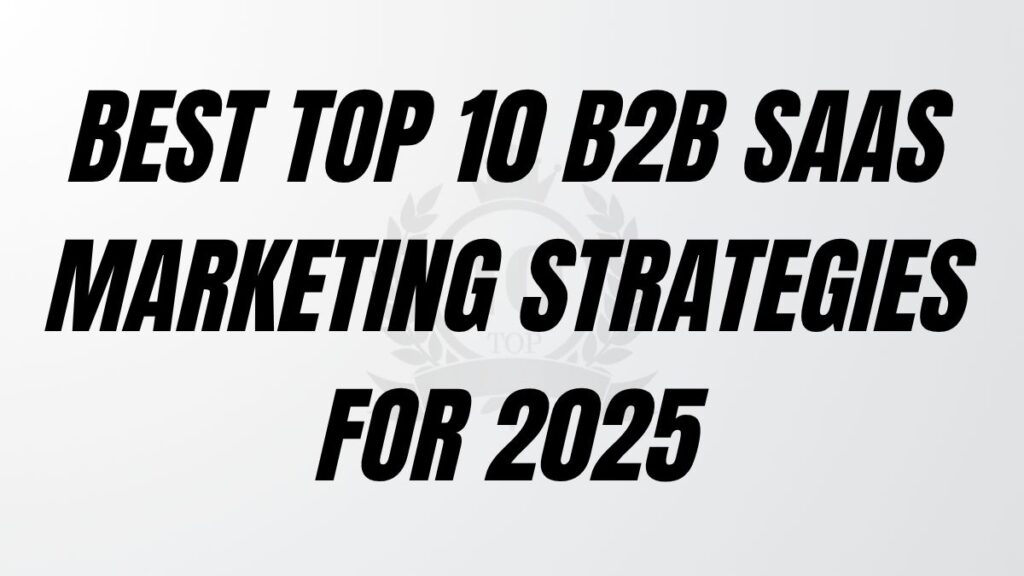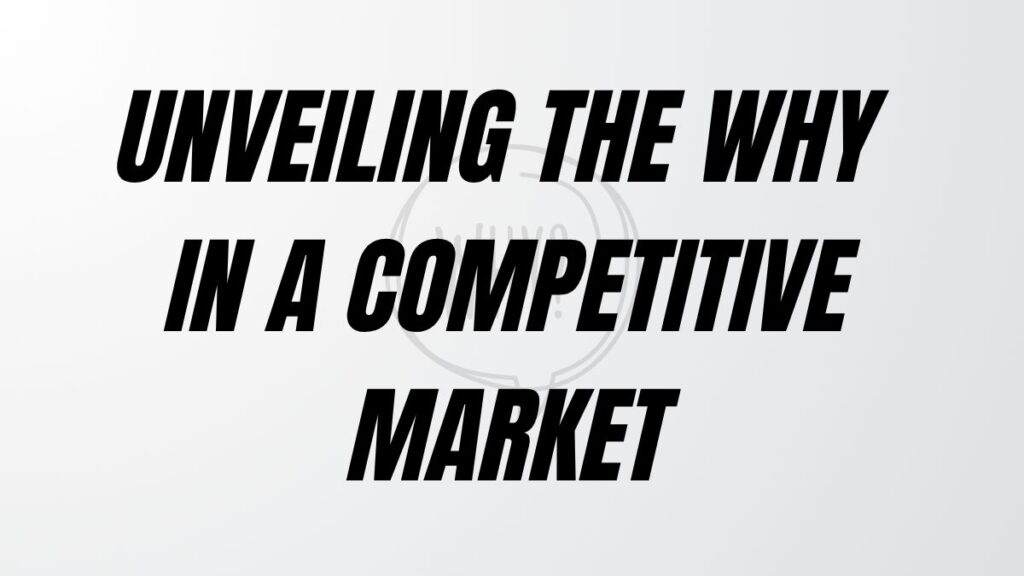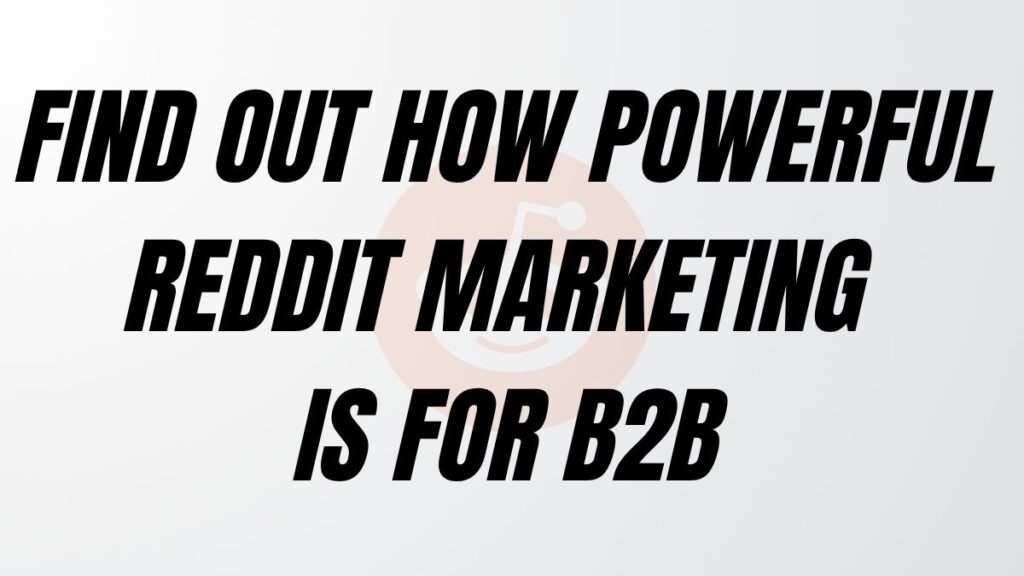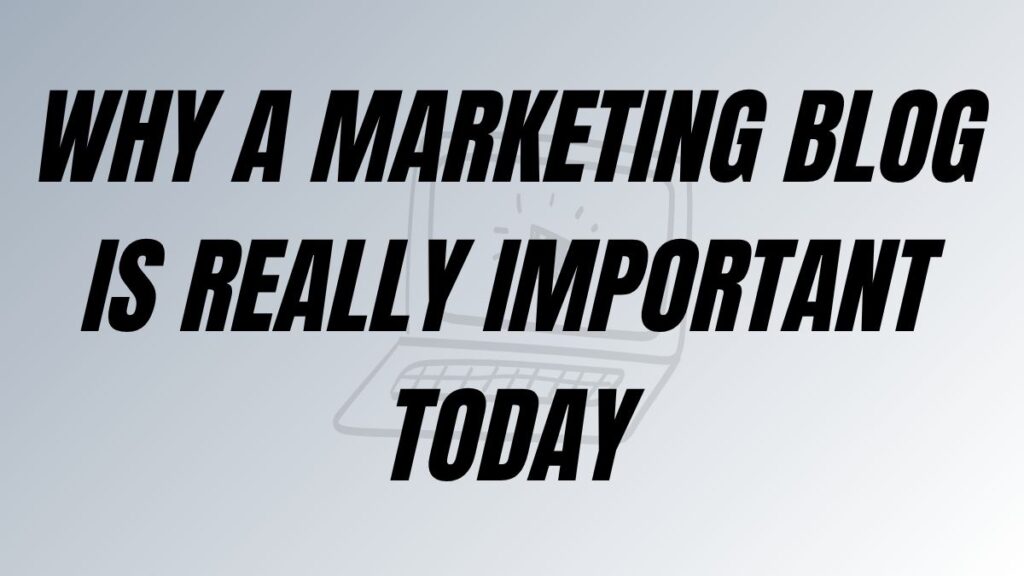Introduction
Marketers frequently seek insights into marketing effectiveness, often implicitly requesting inbound marketing statistics. To illustrate why I consistently advocate for inbound marketing as a central lead generation strategy, I’ve gathered several persuasive statistics.
Attracting customers through value-driven inbound marketing is more effective than intrusive methods. This approach draws customers in, a contrast to pushing out messages. Recent statistics underscore the impact of inbound marketing and reveal successful strategies for implementation.
Driving marketing success today means attracting customers, not interrupting them. Inbound marketing continues to prove its value. These recent statistics paint a clear picture of its impact and the strategies that work.
The Enduring Power of Inbound
First and foremost, I’d like to remind you that inbound marketing focuses on creating valuable experiences that have a positive impact on people and your business. It’s about drawing customers in, rather than pushing messages out.
Here are the top 4 benefits of inbound marketing:
- Higher Lead Generation
Inbound marketing produces 54% more leads than traditional outbound marketing. (Backlinko, 2025) - Cost-Effectiveness
Inbound marketing leads cost 62% less than outbound leads. (Backlinko, 2025) - Evergreen Advantage
In 2025, evergreen content (timeless, relevant material) will be a top priority, maximising ROI by reducing the need for constant content creation and providing a consistent stream of organic traffic. (Cyberclick, 2025) - Search Dominance
Around 80% of users say they use search engines like Google multiple times a day, primarily for finding objective information and searching for products with purchase intent. (Cyberclick, 2025)
Content Marketing: The Cornerstone of Inbound
Content is the fuel for your inbound engine. Quality, relevant content attracts and engages your target audience.
Content stands as the very bedrock and indispensable engine propelling a thriving inbound marketing strategy. It transcends mere text or visuals, acting as the vital conduit through which you connect with and captivate your ideal customer. The creation and consistent delivery of demonstrably high-caliber content, meticulously tailored to address the specific needs, pain points, and interests of your intended audience, is not merely beneficial – it is absolutely fundamental to success.
This commitment to relevance and quality is the cornerstone of effective attraction, drawing in prospects who are genuinely seeking the information and solutions you provide. Furthermore, compelling content ensures consistent engagement, nurturing a continuous dialogue and fostering a sense of community around your brand. This sustained interaction is paramount in cultivating trust, a crucial element in building lasting relationships that extend beyond transactional exchanges.
As these relationships deepen, your content strategically guides prospects along the intricate pathways of the buyer’s journey, seamlessly providing the right information at precisely the right moment, ultimately leading them towards a purchase decision.
Conversely, the absence of compelling and valuable content leaves your inbound marketing endeavors devoid of the essential foundation required to pique the interest of potential customers. Without a steady stream of insightful articles, engaging videos, informative infographics, or other valuable resources, your efforts to draw in and educate your target audience will invariably fall short.
Moreover, a lack of quality content severely hinders your ability to provide genuine value, weakening your position as a trusted advisor and impeding your ascent to the status of a recognized thought leader within your respective industry. In essence, content is not just a component of inbound marketing; it is the very lifeblood that sustains and drives its effectiveness.
After depicting the essence of inbound marketing, let’s discover 6 key statistics related to content marketing:
- Budget Increases
Nearly half of B2B marketers (45%) plan to increase their content marketing spend in the next year (2024-2025). (Content Marketing Institute, reported by Semrush, 2024) - Key Goals Achieved
Top goals B2B marketers achieved using content marketing include creating brand awareness (87%), generating demand/leads (74%), and nurturing subscribers/audiences/leads (62%). (Taboola, 2025) - Video and Thought Leadership
The top areas where B2B marketers expect increased investment in 2025 are videos (61%) and thought leadership content (52%). (Taboola, 2025) - Content for Lead Generation
85% of B2B marketers use content marketing to generate leads. (BookYourData, 2025) - Buyer Consumption
The average B2B buyer consumes 13 pieces of content before making a purchase decision. (FocusVision, reported by Semrush, 2024) - Strategy Gap
Only 29% of marketers whose organizations have a documented content strategy say it’s extremely or very effective, highlighting a need for better strategy. (Taboola, 2025)
SEO: Driving Organic Discovery
Search Engine Optimisation is critical for making your valuable content discoverable. It plays a pivotal role in the success of inbound marketing by ensuring that the valuable content you create reaches its intended audience.
Without effective SEO, even the most insightful and engaging content can remain undiscovered amidst the vast amount of information available online. By strategically optimizing your content with relevant keywords, improving website structure and user experience, and building high-quality backlinks, you can significantly enhance its visibility in search engine results pages (SERPs).
➕ Read this article: How To Craft Better B2B Keyword Lists for Quality Leads
This increased visibility leads to organic traffic from users who are actively searching for information related to your offerings, ultimately driving qualified leads and fostering long-term customer relationships. Investing in SEO is therefore a fundamental aspect of any successful inbound marketing strategy, enabling your content to become a powerful engine for attracting and engaging your target market.
Here are 5 key figures you should know about SEO:
- SEO Prioritisation
61% of marketers state that improving SEO and growing their organic presence is their top inbound marketing priority. (HubSpot, reported by JumpPeak, 2024) - SEO vs. PPC
70% of B2B marketers say SEO drives more sales than PPC. (Databox, reported by Semrush, 2024) - Top Result Clicks
The #1 organic result on Google gets 39.8% of all clicks. (AIOSEO, 2025) - Video SEO Power
Video is “53 times more likely to generate organic search rankings compared to plain text.” (Associated Press, reported by Exploding Topics, 2025) - Zero-Click Searches
In 2024, almost 60% of EU Google searches and over 58% of American ones resulted in zero clicks, emphasizing the importance of featured snippets and on-SERP information. (SparkToro / Datos, reported by Exploding Topics, 2025)
Lead Generation & Nurturing: Converting Interest into Action
I will spare you THE stat we all learned in business schools, stating that it costs 5 to 7 times more money acquiring a new customer than retaining an existing one (it may vary according to the time you were a student).
Attracting visitors is the first step. Converting them into leads and nurturing them towards a sale is crucial. However, simply drawing traffic to a website is insufficient for achieving business goals.
The subsequent and equally critical phases involve effectively converting these anonymous visitors into identifiable leads by offering valuable content or resources in exchange for their contact information. Once leads are captured, a strategic nurturing process becomes essential.
This involves building relationships with potential customers by providing them with relevant information, addressing their pain points, and guiding them through the buyer’s journey. Consistent and personalized communication, often through email marketing, targeted content, and engagement on relevant channels, helps to build trust and position the business as a valuable resource.
This nurturing ultimately aims to move qualified leads closer to making a purchase, thereby transforming marketing efforts into tangible sales results and contributing to overall business growth.
Well said but here are the 6 ultimate figures you should be aware of about lead acquisition & nurturing:
- Lead Nurturing ROI
Businesses that focus on nurturing leads generate 50% more sales-ready leads at a 33% lower cost. (AovUp, 2024) - Nurtured Leads Buy More
Nurtured leads make 47% larger purchases than non-nurtured leads. (AovUp, 2024) - Challenge in Lead Generation
61% of marketers cite lead generation as their number one challenge. (Digital Silk, 2025) - Quality Over Quantity
50% of marketers prioritize generating high-quality leads. (Cropink, 2025) - Ineffective Nurturing
79% of leads never convert due to ineffective lead nurturing. (Cropink, 2025) - Content for Lead Gen
74% of B2B marketers see content as the most effective strategy for generating leads and guiding them into the sales funnel. (Digital Silk, 2025)
Email Marketing: Still a Powerhouse
Did you know that more than 350 billion emails are shot every day worldwide? Still, email remains a vital channel for direct communication and nurturing leads within an inbound strategy. It serves as a direct line of communication with potential and current customers, allowing businesses to build relationships and guide leads through the sales funnel.
Through targeted email campaigns, companies can deliver valuable content, nurture prospects by addressing their specific needs and interests, and ultimately drive conversions.
The personalized nature of email enables segmentation and tailored messaging, increasing engagement and campaign effectiveness. Furthermore, email marketing provides valuable data and analytics that can inform and refine broader inbound efforts.
Let’s dive into 4 valuable stats about email marketing:
- High ROI
For every $1 spent, email marketing generates $36 in ROI. (Taboola, 2025) - Daily Habit
89% of email users check their inbox multiple times a day. (DesignRush, 2025) - B2B Newsletter Usage
71% of B2B marketers use email newsletters. (Content Marketing Institute, reported by DesignRush, 2025) - Personalization Impact
Personalised emails improve click-through rates by 14% and conversion rates by 10%. (Cropink, 2025)
The Growing Role of AI in Inbound Marketing
It was impossible to avoid the trending topic in marketing: the role of AI.
Artificial intelligence is swiftly evolving from a novel concept to an absolutely essential component of successful inbound marketing strategies. Its capabilities extend across numerous facets of the discipline, offering marketers unprecedented opportunities to optimize their efforts, personalize customer experiences, and ultimately drive greater results.
AI can help marketers in inbound marketing. Here are the 3 main roles AI can play:
- AI for Content Creation
85% of marketers believe Generative AI will have a significant impact on content creation in 2024. (HubSpot, reported by Semrush, 2024) - AI Effectiveness
95% of marketers utilizing generative AI for email creation rate it ‘effective,’ with 54% considering it ‘very effective.’ (HubSpot, reported by Skrapp.io, 2023/2024) - Authenticity Differentiates
In an AI-dominated world, authenticity and genuine, relatable stories will be key differentiators for brands in 2025. (Cyberclick, 2025)
Conclusion
In conclusion, the data clearly illustrates the enduring power and evolving nature of inbound marketing. By prioritising valuable content, mastering SEO for organic discovery, strategically nurturing leads, leveraging the consistent impact of email marketing, and embracing the transformative potential of AI, marketers can build effective strategies that attract, engage, and convert customers in today’s dynamic digital landscape. These statistics serve not just as benchmarks, but as a roadmap for achieving meaningful marketing success in 2025 and beyond.
FAQs About Inbound Marketing Statistics
Why are 2025 inbound stats important for marketers?
They show current trends and prove inbound’s value, helping you refine your marketing strategy for better results.
Which inbound area shows strong 2025 growth?
AI in content and SEO shows major growth, boosting efficiency and personalisation for effective campaigns in 2025.
Do these inbound stats apply to B2B marketing?
Yes, many stats highlight inbound’s power in B2B for lead generation, building authority, and nurturing client relationships.
How can I use these inbound stats effectively?
Use them to identify opportunities, justify budget, and tailor your inbound strategy to current customer behaviours.
To find out more about Inbound Marketing




> Back to the cluster pages
🔎 Knowing Your Customer: How to Stand Out in a busy B2B world
✍️ How To Create A Solid Go-to-market Plan in the SaaS Industry

